So having hopefully tempted you with my
Great Western LEGO Show (a.k.a. STEAM) preview last time out, how did the event turn out ? Well, keep reading to find out....
It was far from ideal having to put in a full day's work on the Friday before STEAM while others were already at the venue setting up their displays and taunting me with their updates, but finally it was time to load up the car with a couple of crates full of AT-AT parts and a travel bag and set off for Swindon. The journey should only have taken about 90 minutes, but a combination of an accident on the M4 motorway and Swindon's infernal one way system meant that I didn't get there until nearly 10 pm. Luckily
Martin and
Darren were still up for a curry so we headed down to the local Indian restaurant for dinner, followed by a rendezvous with other exhibitors back in the bar at Jurys Inn in time-honoured STEAM fashion before people gradually drifted off to their rooms to get a few hours sleep before the big event.
After a quick breakfast on the Saturday morning, I confess that I was feeling nervous as I made my way to the event venue. When I originally built my UCS AT-AT walker it had taken me ages to get it fully assembled, and having dissassembled it for transportation to Swindon I was dreading having similar problems on the morning of the event. Sadly, my pessimism turned out to be entirely justified.... After carefully unpacking the sections on arrival at the venue, everything seemed to be coming together nicely, but just as the beast seemed to have been successfully reassembled it suffered a terminal systems failure and came crashing down, suffering what I feared would be show-stopping damage in the process. As I stared at the wreckage in horror it was hard to see how the situation could be retrieved, but salvation was at hand in the form of
Pete Brookdale (
cavegod), designer of the original UCS AT-AT and a fellow exhibitor. To his massive credit, he immediately stopped assembling his display and dived into the wreckage of mine, helping to repair the substantial damage and get my AT-AT back on its feet quicker than I could ever have believed possible. Pete, you are a legend and I salute you ! Having helped to get my AT-AT up on its feet, Pete then assembled his, and for the first time ever we were able to witness two of the monsters standing proudly side by side; you can see photographic evidence of this below (click to enlarge).
In addition to his AT-AT, Pete had also brought a brand new MOC which was receiving its first ever public airing - a huge UCS Rebel Transport (below - click pictures to enlarge). I confess that I was somewhat underwhelmed when he first showed me photos of the thing a couple of months back - the subject matter is inherently pretty ugly IMHO - but Pete's LEGO rendition turned out to be considerably more impressive in the brick than it was in his photographs - big, imposing and skilfully realised. The icing on the cake was a couple of Tim Goddard's X-wings which made for a superb fighter escort.
Our Hoth display was boosted by the presence of a third AT-AT walker, albeit with a twist -
Sam Pearce had brought his excellent collapsed AT-AT model (below) which was rather ironic, considering my trials and tribulations setting up that morning.... It added some welcome minifigure action and humour to the display, and was complemented by some turrets and a small, woefully outnumbered rebel force. The Rebel defences were something of an afterthough - the turrets were actually built and added during the course of the first day of the event - and it's an aspect of the display that we might develop further if we decide to exhibit all the Hoth models together again on a future occasion, particularly if I can get round to finishing my shield generator.
.jpg) |
| Crashed AT-AT by Sam Pearce |
.jpg) |
| Rebel Defences by Sam Pearce |
People surged into the venue as soon as the doors opened at 10 a.m. on Saturday morning and the place remained pretty full until late on Sunday afternoon. Much of my time was spent just standing next to my display chatting to enthusiastic attendees of all ages and answering tons of questions, typically "
How many pieces does the AT-AT contain ?", "
Is it glued ?", "
Where can I buy that set ?", "
How much did all the parts cost you ?", "
Surely those aren't proper LEGO parts ?", "
Can I buy that from you ?" and of course "
Where are the toilets ?". I did however manage to get away from my display now and again and check out the other exhibits, and the standard was incredible. Probably most impressive of all was a spectacular collaborative castle display -
The Land of Tigelfáh - created by eight talented builders, all whom richly deserve a name (and Flickr) check :
James Pegrum (peggyjdb), Harry Russell (Kǻrrde), Thomas Coleman (Malravion), Luke Watkins Hutchinson (- Derfel Cadarn -), Barney Main (SlyOwl), Colin Parry (Cuahchic), Jimmy Clynche (Invicta Bricks) and Steven Snasdell (workshysteve). Aside from the sheer excellence of their display, one of the most impressive things about it was how cohesive it was. I would have expected eight separate builders to have produced something of a patchwork, but in the event their display was superbly realised and meshed together beautifully. I took tons of pictures but none of them remotely do the display justice I"m afraid; I've nevertheless included a few below just to give you a flavour of their achievement. It was I believe the culmination of two years planning and building, and watching the eight builders tearing their display down at the end of the event, knowing that the display would never be reassembled again, was quite poignant.
.jpg) |
| Tigelfáh Castle by James Pegrum (peggyjdb) |
.jpg) |
| Tigelfáh Abbery by Colin Parry (Cuahchic) |
.jpg) |
| The Land of Tigelfáh |
Another other standout display was
Bright Bricks' half-scale brick-built Rolls Royce Trent 1000 jet engine. Commissioned by Rolls Royce themsleves, I'd previously seen the model featured on a host of websites after it was unveiled at the opening of the 2012 Farnborough Air Show, but it was the first time that I'd seen it 'in the brick' and it's amazing. Over 150,000 bricks have been used to create a working replica of the engine complete with a ton of moving parts such as the fan blades which suck air into the engine. You can see a couple of pictures below (click to enlarge) and (on some devices at least) a short video.
Located next to the AT-ATs was a huge model of Space Shuttle Endeavour attached to its external fuel tank and solid rocket boosters. Build by
Ed and
Annie Diment,
Naomi Farr and
Stuart Crawshaw in less than a month, this 30,000-piece model was accompanied by a display of pretty much every space shuttle set that LEGO have ever released.
Ian Greig was another builder who served up a space-themed display, showing his Tintin-inspired moon rocket (below - click to enlarge) while his other half
Julie had some neat Dr. Who-inspired creations on show including a Cyberman vignette.
.jpg) |
| You're all Mime now by Julie Greig (jujem71) |
Renowned spacer
Tim Goddard had a bunch of cool stuff on display. In addition to his X-wings mentioned earlier, he showed some models which will feature in his soon-to-be-released collaboration with fellow space guru
Pete Reid,
LEGO Space: Building the Future. Tim's no one-trick pony, though - one of my favourite models in the whole show was one of his non-space-related creations (the Micro Viaduct below), and he also had a dragon on display which was later seen paying Tigelfáh castle a visit....
I thought that one of the cleverest exhibits was another of
Stuart Crawshaw's offerings. He reimagined a host of different official LEGO sets in the style of 1980's LEGO space theme
Blacktron with some cracking results. His Blacktron-inspired rendition of LEGO's
Horizon Express, for instance, was excellent, as were a number of other models across a variety of LEGO themes. I was particularly amused to see a Blacktron version of the Indiana Jones
Shanghai Chase vehicles that I reviewed
here just a few weeks ago.
Rod Gillies sci-fi display was another that caught my attention; while not exactly a purist approach, his model entitled "The Unit 13 Incident" incorporated a working plasma plate and plasma ball and looked really cool, while the distinctly Steampunky "Mister Brunel's Jaeger" was a bit bizarre but intriguing nonetheless....
Saturday just flew by, and almost before I knew it it was 5 pm, the public were being ushered out of the venue, and I learned that my beloved Watford Football Club had secured a decent 2-1 away victory at Huddersfield. And both AT-ATs were still standing, so an excellent day all round.... The day's work done I returned to Jurys Inn, and there was just time to grab a drink or two in the bar and watch Manchester United squeeze past an unfortunate Sunderland side in the evening kick-off before heading upstairs for the exhibitor group dinner. Dinner was followed by the traditional Saturday evening STEAM auction and then more drinks in the bar before exhaustion caught up with me and I crashed out.
Sunday dawned beautiful and sunny, and having set up the day before most people got to head off to the venue a bit later compared with the Saturday. On arrival at the venue I peered nervously into the main exhibition hall half expecting my AT-AT to have collapsed overnight but was delighted to see it still defiant and upstanding. The museum opened its doors just before 10 a.m. and once again the venue rapidly filled with eager visitors.
In addition to my AT-AT, I had also brought my LEGO City College
MOC (above) to STEAM; this formed part of a display of models (below - click to enlarge) that
Brickish Association members had previously showcased within LEGO brand stores. Regular readers of this blog may remember my College MOC from a couple of previous posts (
here and
here) and it was nice to have the opportunity to show it again. Perhaps my favourite of all the showcase models on display was
Jason Railton's lovely lighthouse (below - click to enlarge) which was a late arrival on Showcase row.
 |
| Showcase row |
Ralph Savelsberg is a much admired designer and builder of cars and military aircraft, and he brought a few examples of his craft over to STEAM from the Netherlands where he's based. Pride of place went to his 1/36 scale B-52 Stratofortress strategic bomber (below - click to enlarge) - how those massive wings don't droop beats me - although some of his models of iconic British vehicles are no less impressive, with Morse's Mark 2 Jaguar possibly my favourite of the lot (although alas also the most poorly photographed....).
Talking of cars, another of my personal favourites from the show was
Ed and Annie Diment's model of an iconic LEGO set of my youth -
Set 392 Formula 1 - lovingly recreated at 6 times the original scale and flanked by the original model complete with box and instructions. If you look closely at the large scale model (below - click to enlarge) you'll notice that they've even reproduced the stickers from the original set using LEGO - very slick !
Another exhibit worthy of special mention was first-time exhibitor
Simon Pickard's magnificent Battle of Thermopylae. This tells the story of how a small Spartan force under the command of King Leonidas held out for 3 days against overwhelming numbers of Persian invaders, a stand most recently popularised by the film "300". Simon's model is intricate and beautifully put together; I was particularly impressed with the rockwork, not to mention all the minifigures that he's managed to amass...
Hopefully by now you're starting to get a sense of the incredible diversity of subject matter, the high quality of the builds, and the sheer number of excellent models on display. It's impossible for me to cover everything, not least because as an exhibitor I didn't have time to go round, examine and photograph all of the displays. Even so, here's a round up of a few more exhibits that caught my eye, and apologies in advance to those exhibitors whose work isn't featured.
.jpg) |
| Le Brique Parfum by Yvonne Doyle ({YVD}) |
.jpg) |
| by Naomi Farr |
.jpg) |
| by Richard Selby |
In addition to the models above, I have to mention
Simon Burfield's excellent Mindstorms creations, not least his amazing orange tank-like vehicle dubbed "The Beast" which is powered by more than 20 motors and spent the weekend being driven around the venue by a succession of excited children; my own little boy had a turn in it and absolutely loved it.
By around 4pm on Sunday attendance was thinning out, the mosaic (above) was finished, and I was seriously flagging; by 5 pm I was ready to pack up and go home. My AT-AT had done me proud - despite my misgivings on Saturday morning it was still standing as the last of the attendees filed out on Sunday afternoon. OK, so I had a bit of a mishap while I was taking it down and packing it away for the journey home, but we won't dwell on that.... After packing everything up and saying my goodbyes it was back on the road for the journey home and a well-earned rest - unquestionably another fantastic STEAM experience, and tired or not I can't wait for next year !
Big thanks are due to
Martin Long and his faithful lieutenants
Gemma and
Jonathan for organising a cracking show - Martin assures us he'll be giving up his store next year and getting back to exhibiting, and about time too. Thanks to all the traders and caterers for meeting our shopping and subsistence needs, and to all the helpers -
Sarah,
sirKevbags and the rest - who helped out on the various exhibits during the show, held babies and mopped our fevered brows.... Although ostensibly an event for showing off the best of Brickish, STEAM is also a top social weekend, and it was great to catch up with
Caz,
Nick and
Indy from
minifigs.me,
Matt from
Jedinews, and a ton of fellow Bricksetters -
Huw,
atkinsar,
kempo81,
caperberry,
Legopants,
Legoboy, LostinTranslation, Supersympa, princedraven, carlq, CapnRex101, sirrich69 and a whole bunch of others. Thanks also to those folks who came over to introduce themselves as readers of Gimme LEGO, fellow Bricksetters, or both.
A final note : If any of the exhibits I've mentioned above have been attributed to the wrong builders then please let me know ASAP and I'll correct the information. Also, I've added Flickr usernames and links where I had them; if yours isn't shown then please get in touch and I'll add them.


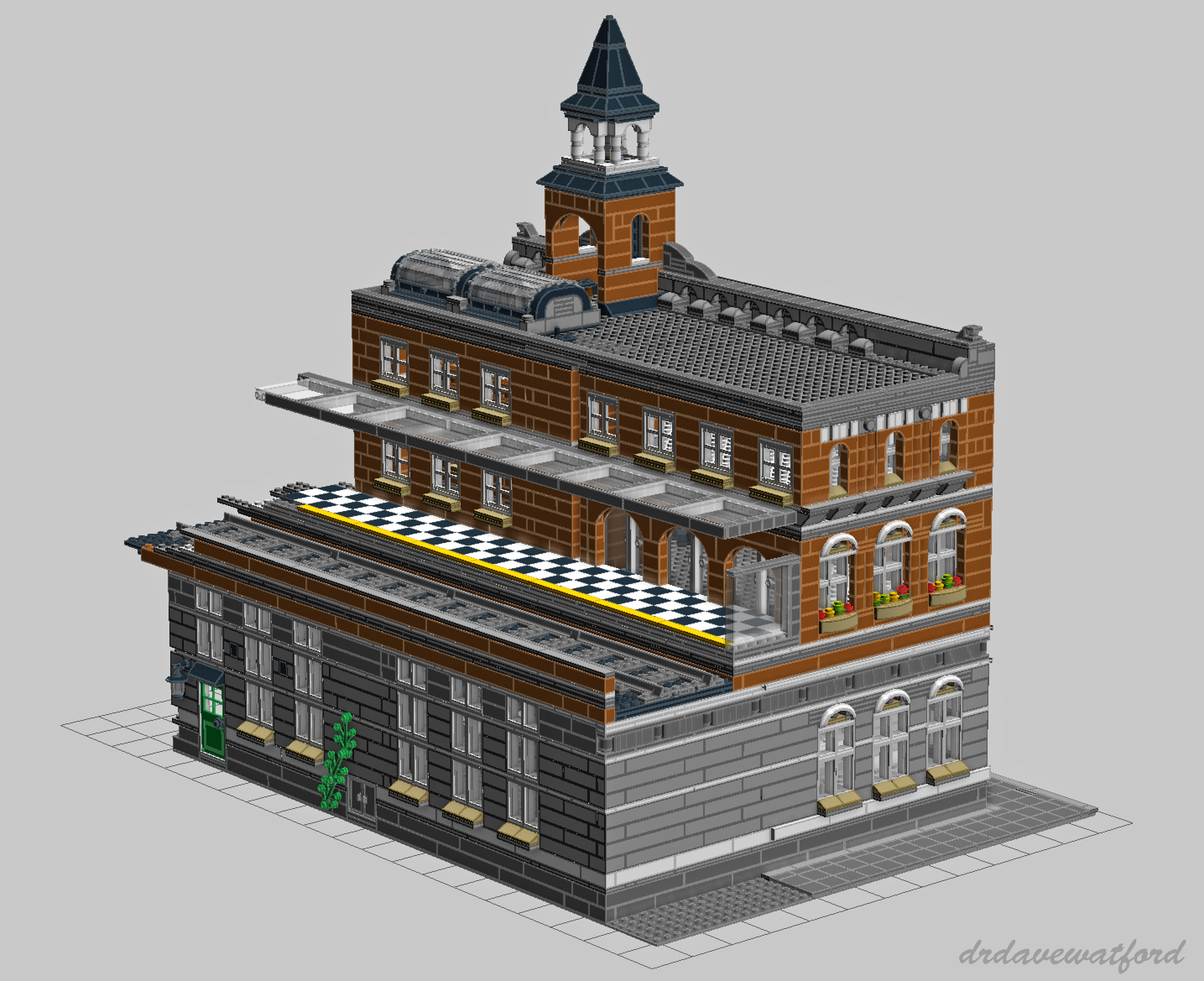









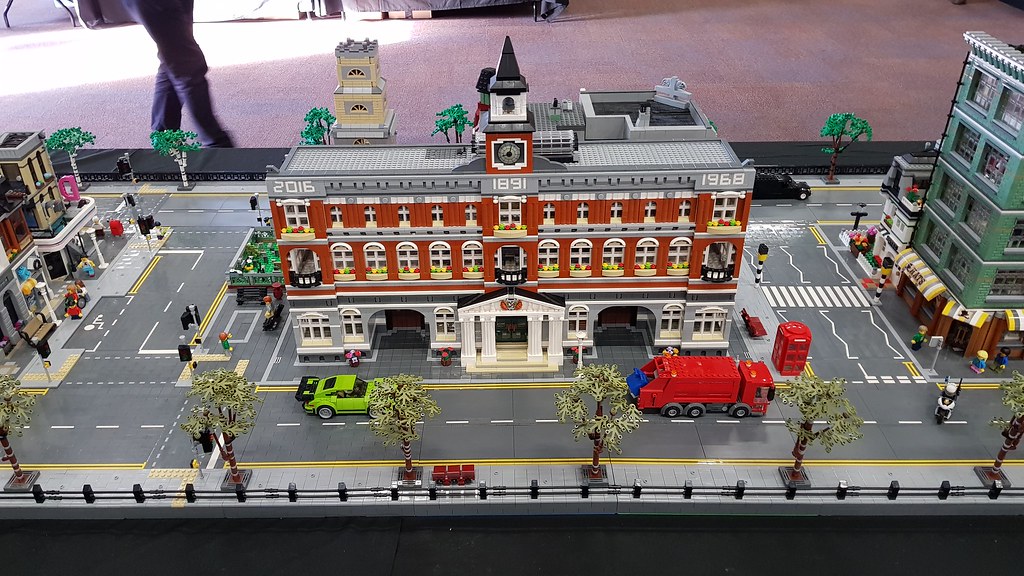

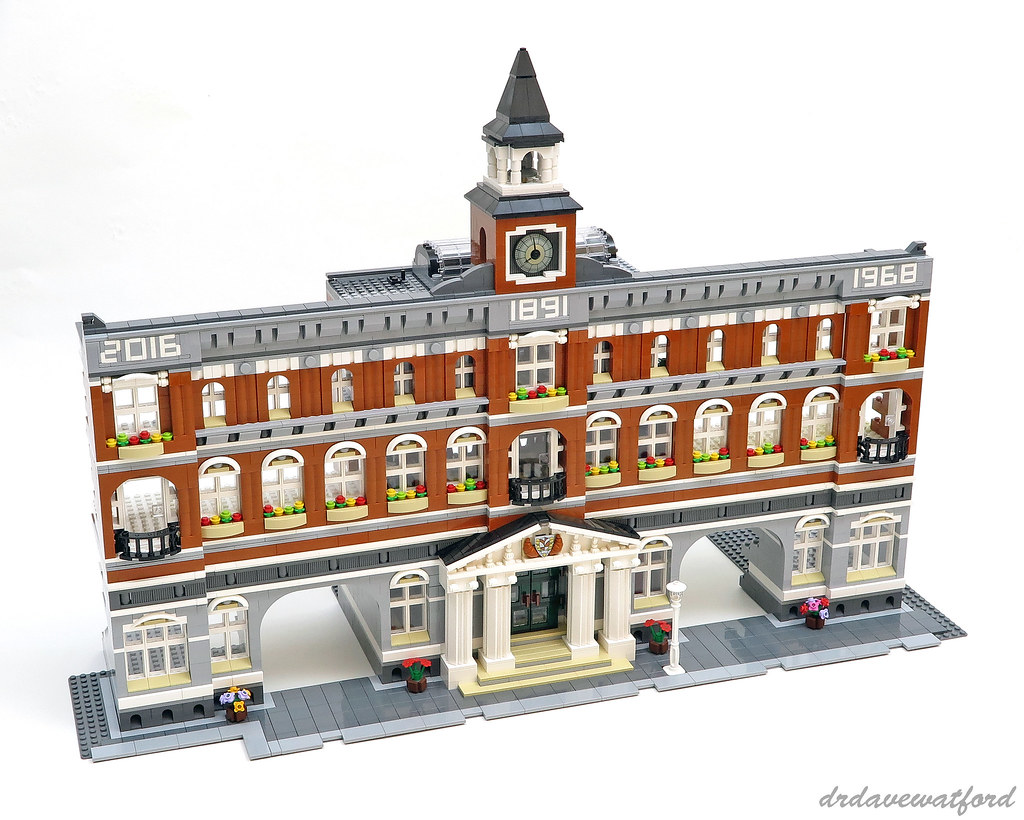

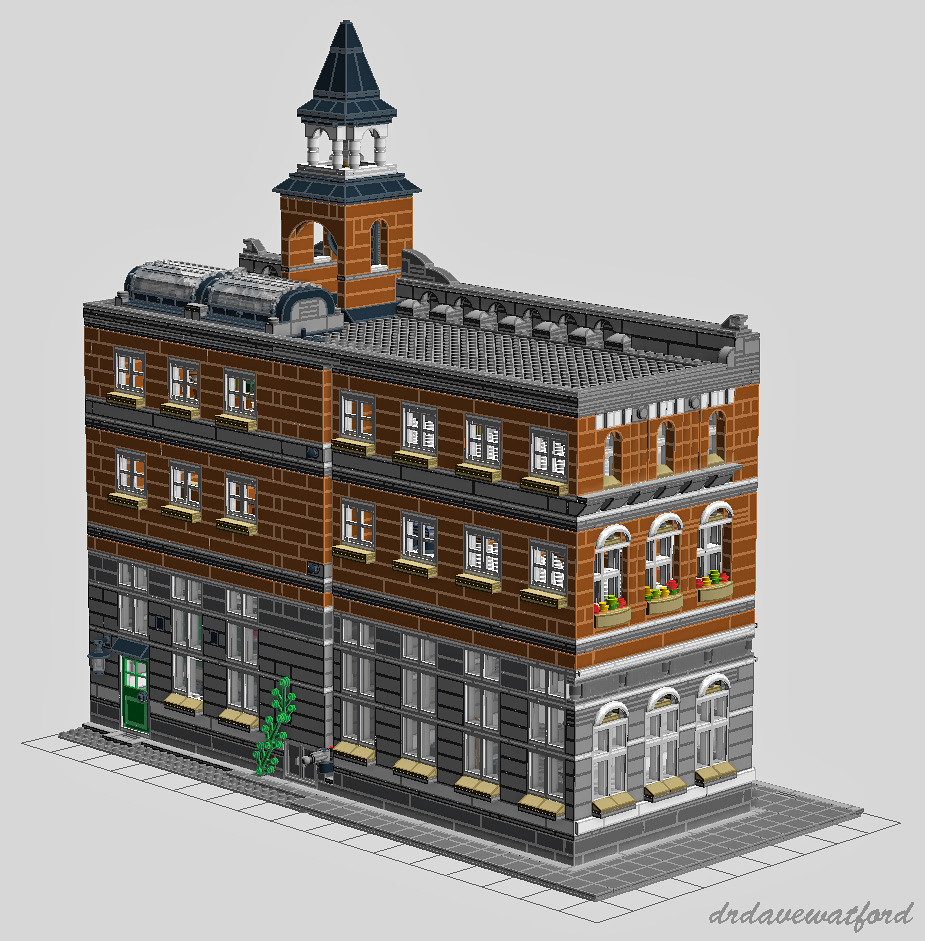
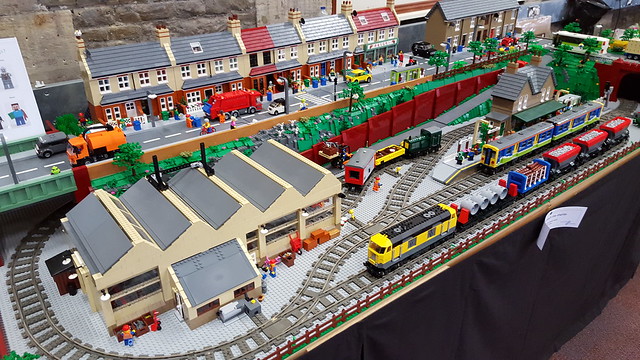
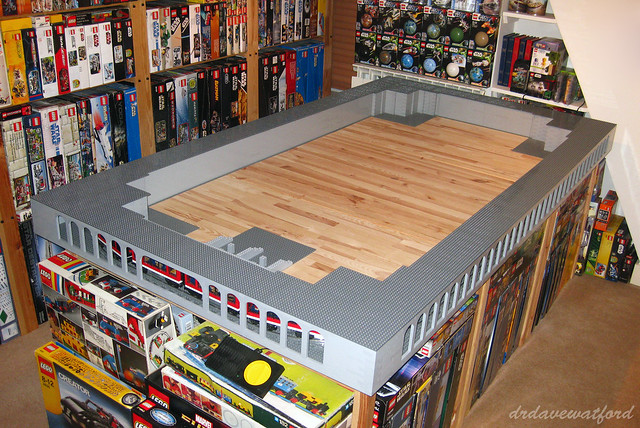

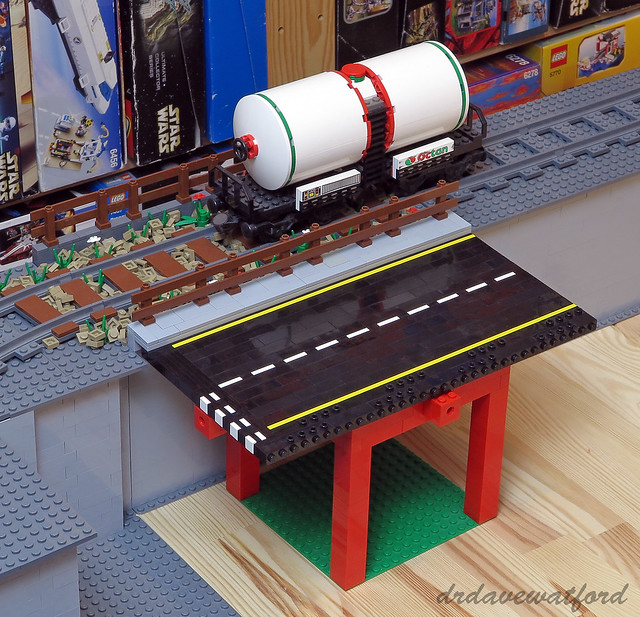
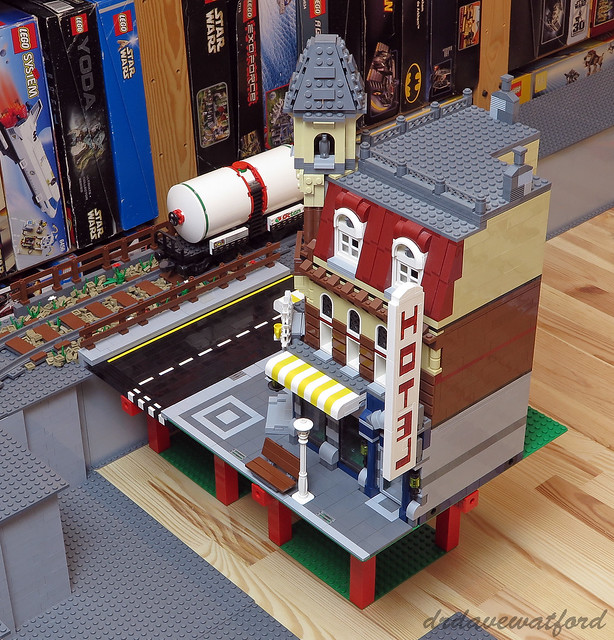
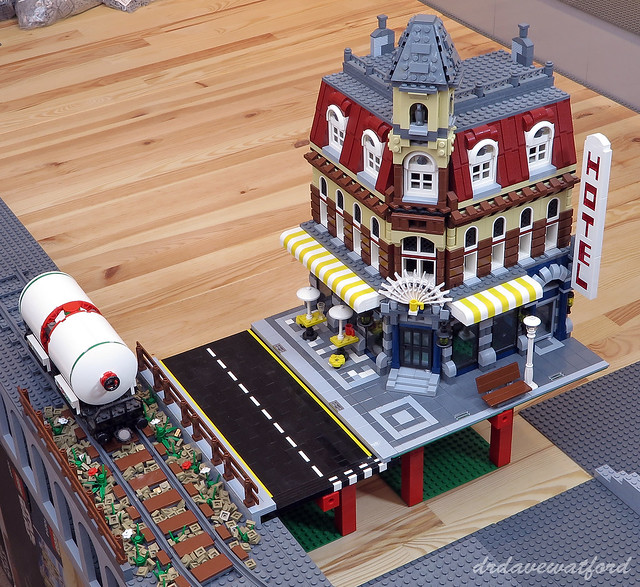
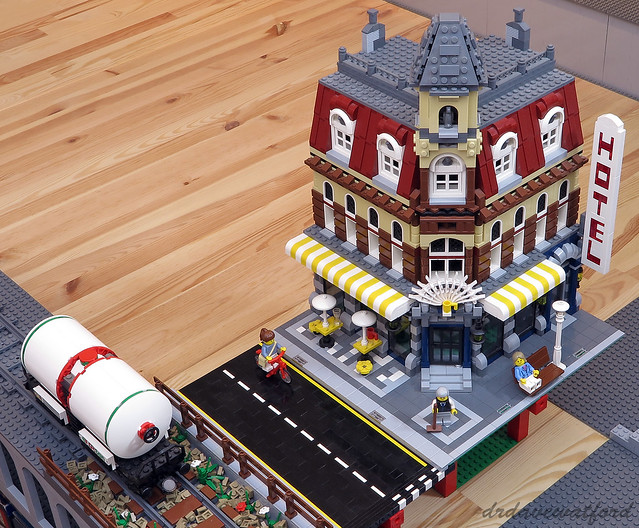
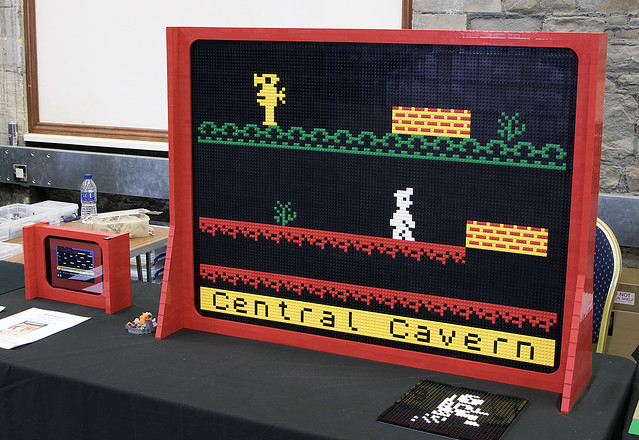
.jpg)
.jpg)
.jpg)


.jpg)
.jpg)
.jpg)
.jpg)
.jpg)
.jpg)
.jpg)
.jpg)
.jpg)
.jpg)
.jpg)
.jpg)
.jpg)
.jpg)
.jpg)
.jpg)
.jpg)
.jpg)
.jpg)
.jpg)
.jpg)

.jpg)

.jpg)
.jpg)
.jpg)


.jpg)
.jpg)
.jpg)
.jpg)
.jpg)

.jpg)
.jpg)
.jpg)
.jpg)
.jpg)